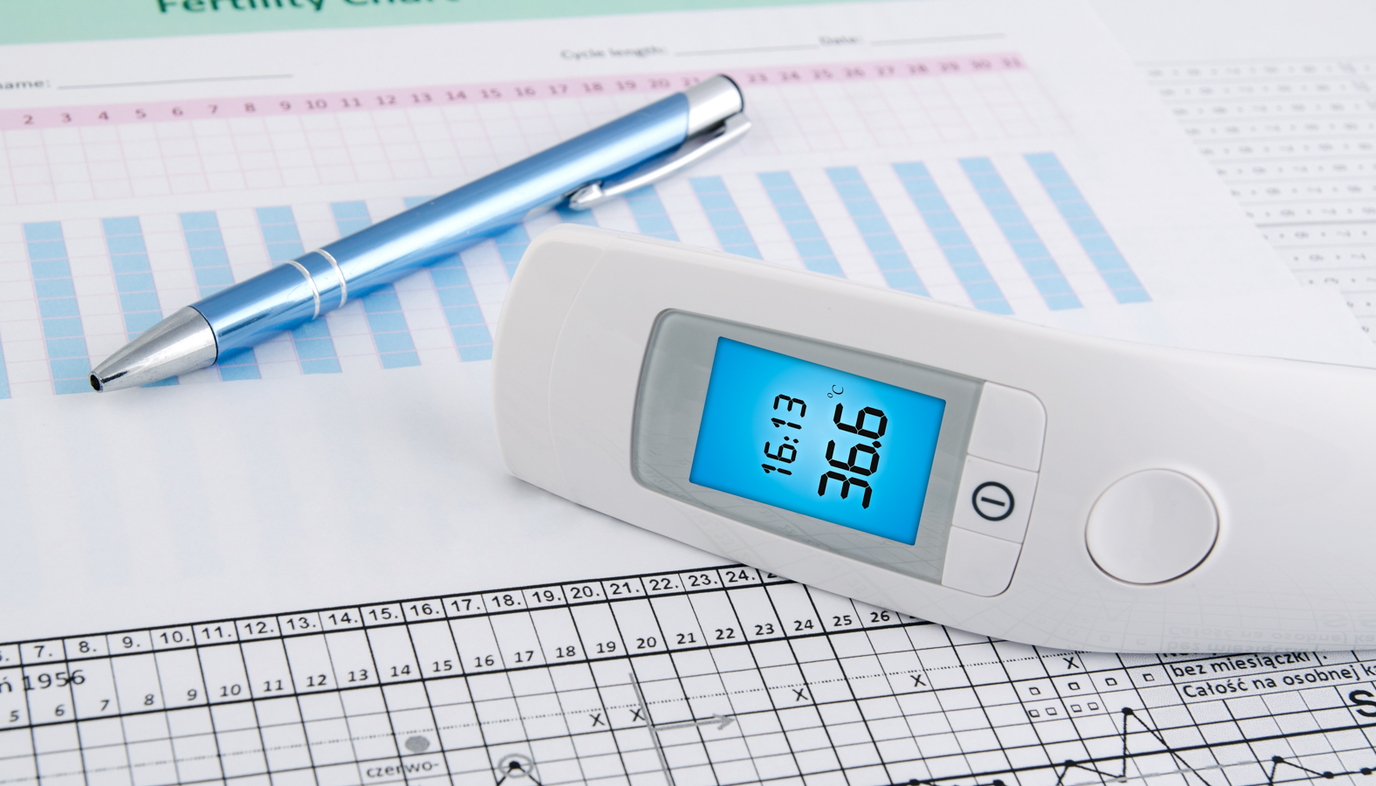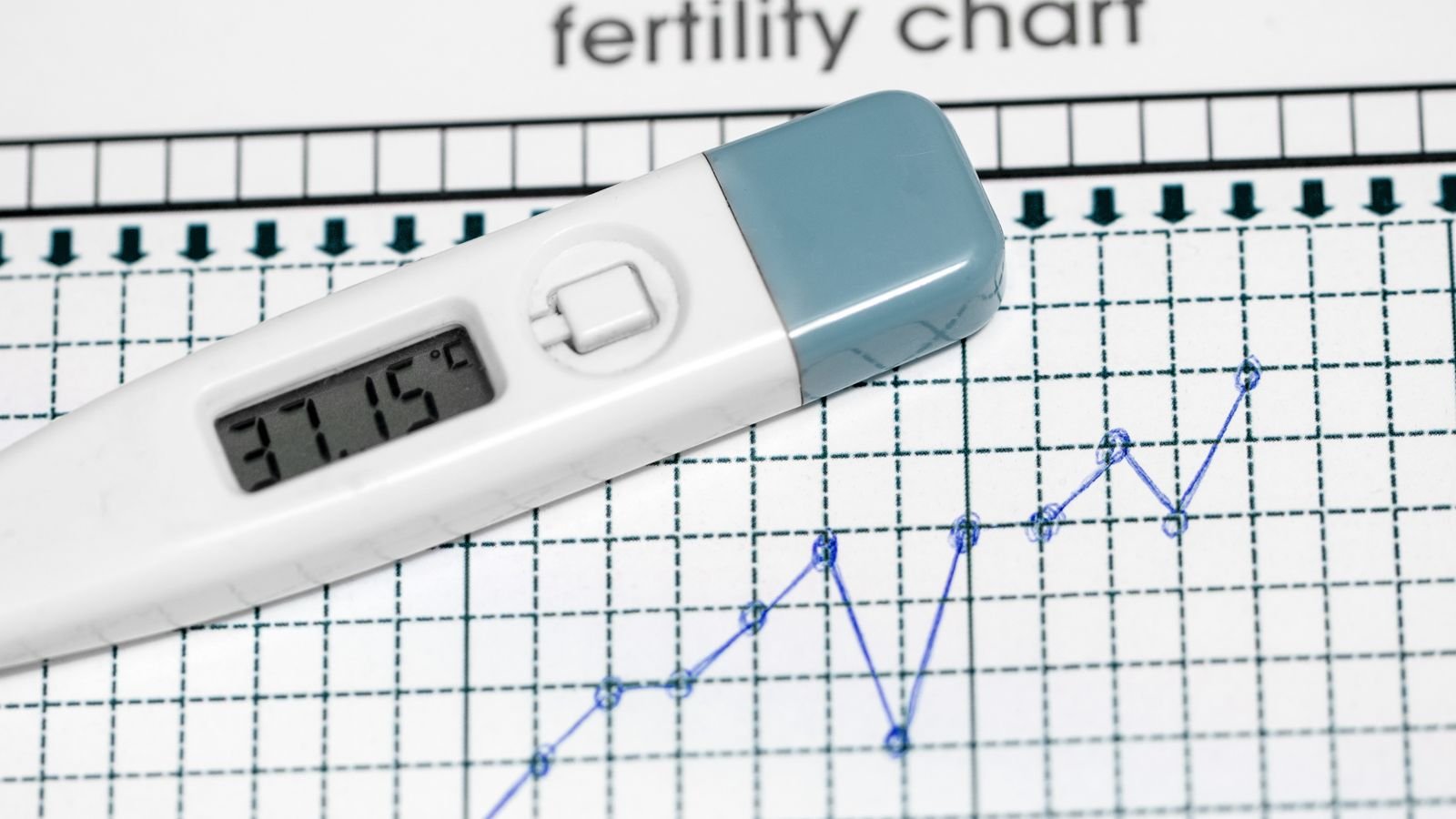
Your body is an amazing machine. It knows how to operate on its own and take care of itself, heal itself, and more. If you're hoping to conceive, your body can tell you if you're ready. True, there is a learning curve, but if you are willing to get to know your body better, and faithfully track your progress and changes, it is possible to find success. If you learn about how your body works, and what it's trying to tell you about your fertility cycle, you'll be able to take some personal control over whether you do or do not get pregnant.
In using natural fertility signs (also called natural family planning and fertility awareness), you are able to track your menstrual cycles. from the information gleaned, you can then plan when to have sexual intercourse or not have sexual intercourse. Some women use natural fertility signs for religious reasons, others because they want a natural form of birth control.

If You're Trying to Get Pregnant
Tracking your fertility means you'll be getting to know your body really, really well. Based on the signs your body gives you if you're trying to get pregnant, it means you'll need to have intercourse on the days when your body signals. Most women are fertile enough to conceive during the five days leading up to ovulation and on the day of ovulation, according to Parenting.
If You're Not Trying to Get Pregnant
Knowing when you're fertile is important when trying to avoid pregnancy if you don't want children. However, if you're not meticulous, natural family planning can lead to a surprise pregnancy. There is a roughly 25 percent margin of error when tracking natural fertility signs, as reported by American Pregnancy.
What to Do
There is more than one way to track your fertility naturally, however, using each of the methods in combination with each other is considered to be the most effective to avoiding pregnancy and when trying to conceive.

- Checking cervical mucus: Many women squirm at the idea of checking their cervical mucus (known as the Billings method), but it's your body, and this is what it does. If you want to track naturally, you'll need to get used to the idea. Think of it in terms of getting to know how your body works. You'll be checking for the texture, the amount, and the look of your cervical mucus. Make sure to keep a chart or calendar of what you experienced, and when. This can tell you when you're ovulating.
- Basal body temperature: Your basal body temperature is the lowest temperature your body has each day. During your menstrual cycle, your basal body temperature will lower a few days before you ovulate and then go back up after ovulation. Track your basal body temperature for a few months by checking right when you wake up, to help determine when you may be ovulating.
- Using a calendar: If your menstrual cycle is regular, you can track your cycle using a calendar. Remember, for a normal cycle, you'll be fertile enough to get pregnant five days leading up to ovulation and the day of ovulation. The downside is that most women's cycles aren't perfectly regular, and ovulation can be hard to detect using this method by itself.
- Monitoring hormones: There are some products on the market that will help you track your ovulation and will tell you when you're most fertile. You will need to take a urine test with the kit to check the level of luteinizing hormone in your urine. Based on the reading, you'll know if you're fertile on certain days or not.
Combined with these methods, you should always learn to be aware of how your body is feeling. Breast tenderness, pain in your abdomen, and even mood swings may all be signs that you're ovulating too.
